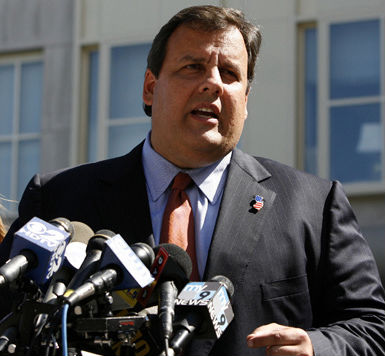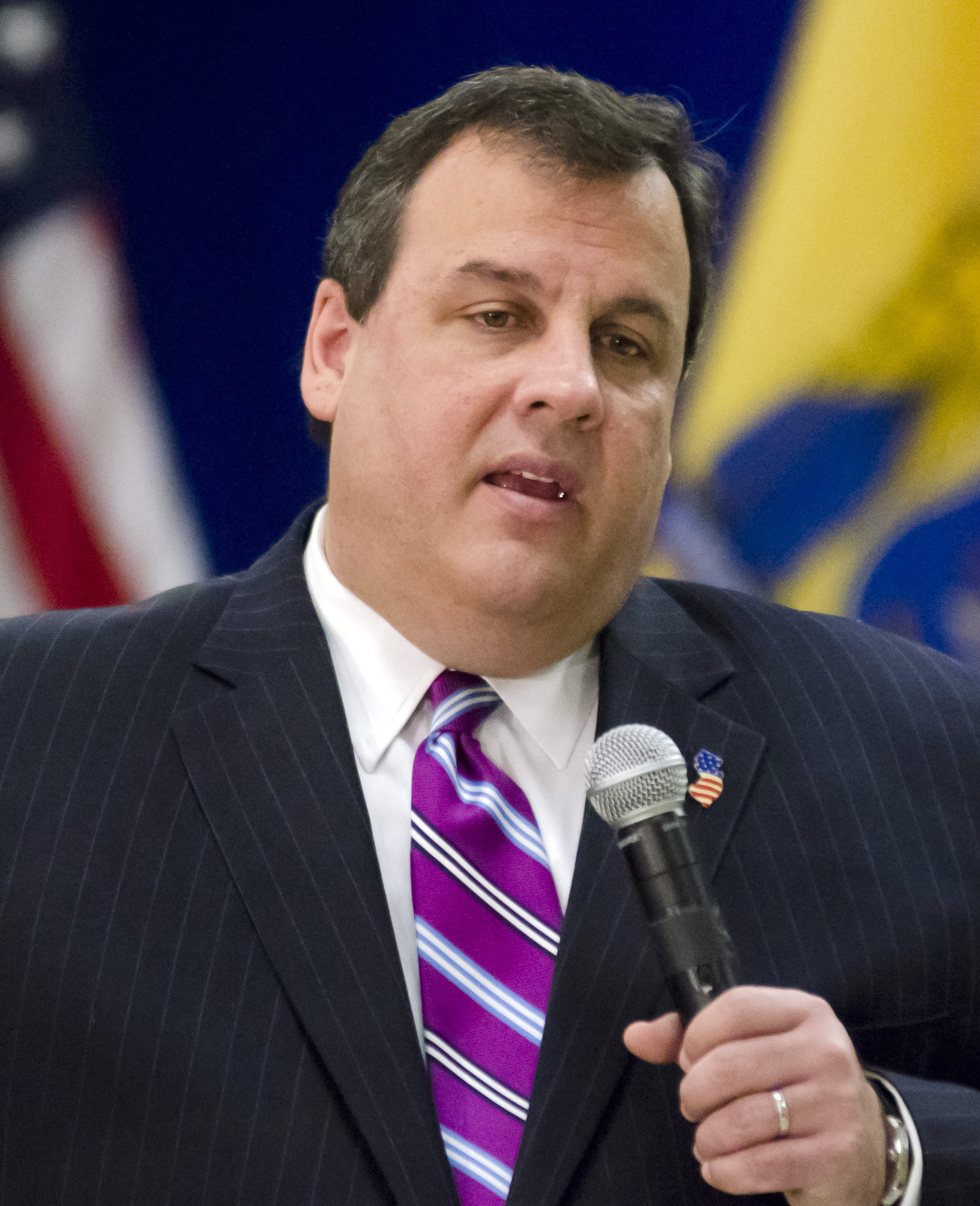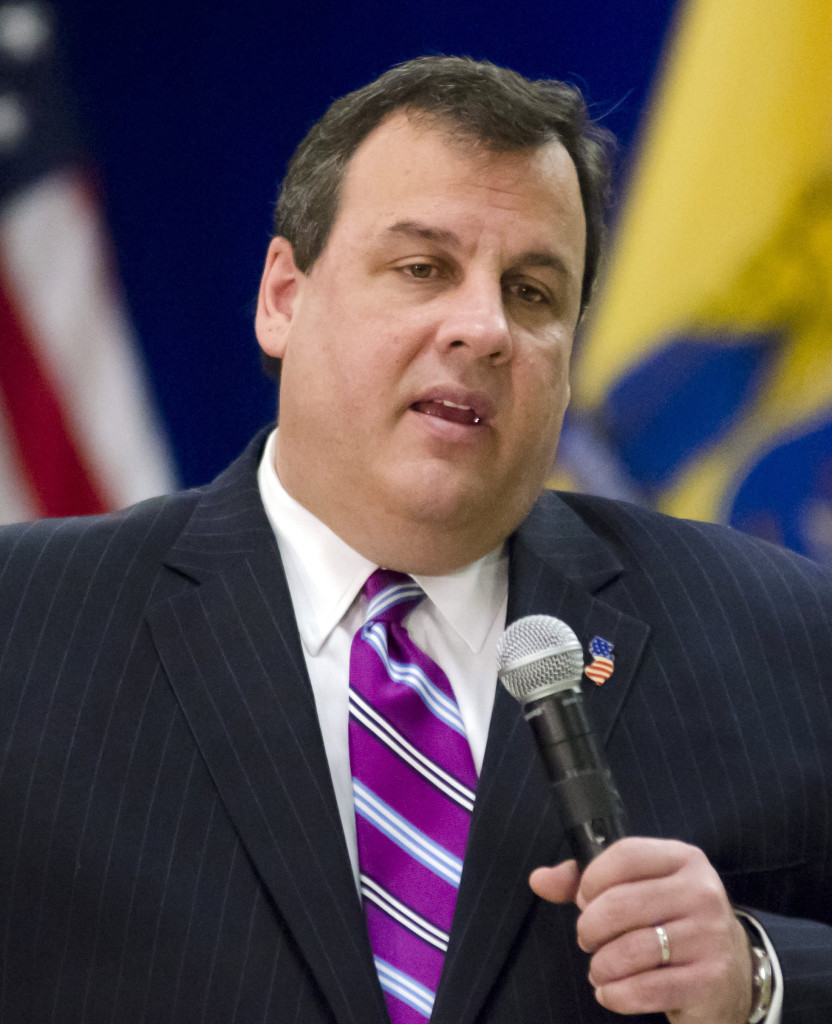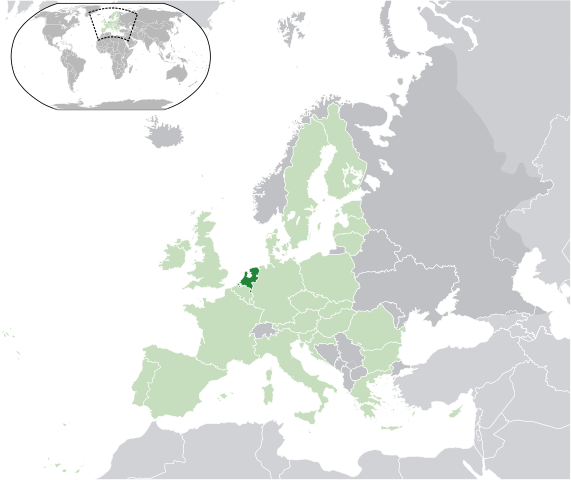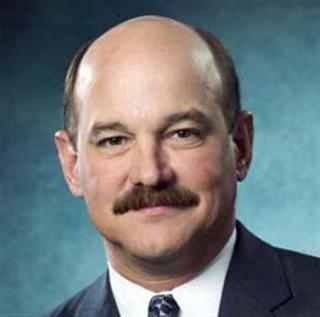
Earlier this month, Kansas Gov. Sam Brownback announced his plan to cut the state’s annual pension payment by around $60 million and use the money to plug budget shortfalls elsewhere.
Several prominent lawmakers have now given their reactions to the proposal. From Salina.com:
[Steven] Johnson, R-Assaria, who is chairman of the House Pensions and Benefits Committee, was “not happy” with Tuesday’s proposal by Gov. Sam Brownback to cut the state’s pension contribution this year by $40 million as part of a plan to close a $280 million shortfall in the state budget.
And he’s not alone, even among Republicans.
“There’s no easy solution,” Johnson said Wednesday, “but I’m not happy with what they’re doing with KPERS.”
[…]
Late Wednesday afternoon, Kansas Treasurer Ron Estes, who campaigned with Brownback across the state just before the November election, released a statement critical of the planned KPERS cuts.
“While I understand the need to re-balance the budget in light of unexpected shortfalls, the decision to delay state contributions to our underfunded pension system is disappointing,” Estes wrote in the statement. “By delaying action now, we run the risk of KPERS consuming an even larger amount of our state’s budget at the expense of other vital state services to Kansans in the future.”
Senate Vice President Jeff King, R-Independence, who led KPERS reform in the Senate, said, “Over the last four years, Kansas has become the model for responsible pension reform. We inherited a pension system that was going broke and returned it to fiscal health. By raiding the KPERS fund instead of continuing prudent reform, Gov. Brownback is threatening to undo all of the hard-fought gains that we have made.”
The state’s Senate Minority Leader also weighed in. From the Topeka Capital-Journal:
Senate Minority Leader Anthony Hensley, D-Topeka, rejected the idea Brownback is protecting education funding by cutting KPERS instead. The governor has previously counted KPERS contributions when touting a high level of education spending under his administration. During the campaign, Brownback highlighted an overall increase of $270 million in education funding since 2011, a figure that included KPERS contributions.
“I would argue then, using his logic, that he’s actually cutting education,” Hensley said. “It’s so inconsistent, or downright contradictory, to make that kind of argument.”
Kansas PERS manages over $14 billion in assets.
Photo credit: “Seal of Kansas” by [[User:Sagredo| – http://www.governor.ks.gov/Facts/kansasseal.htm. Licensed under Public Domain via Wikimedia Commons
